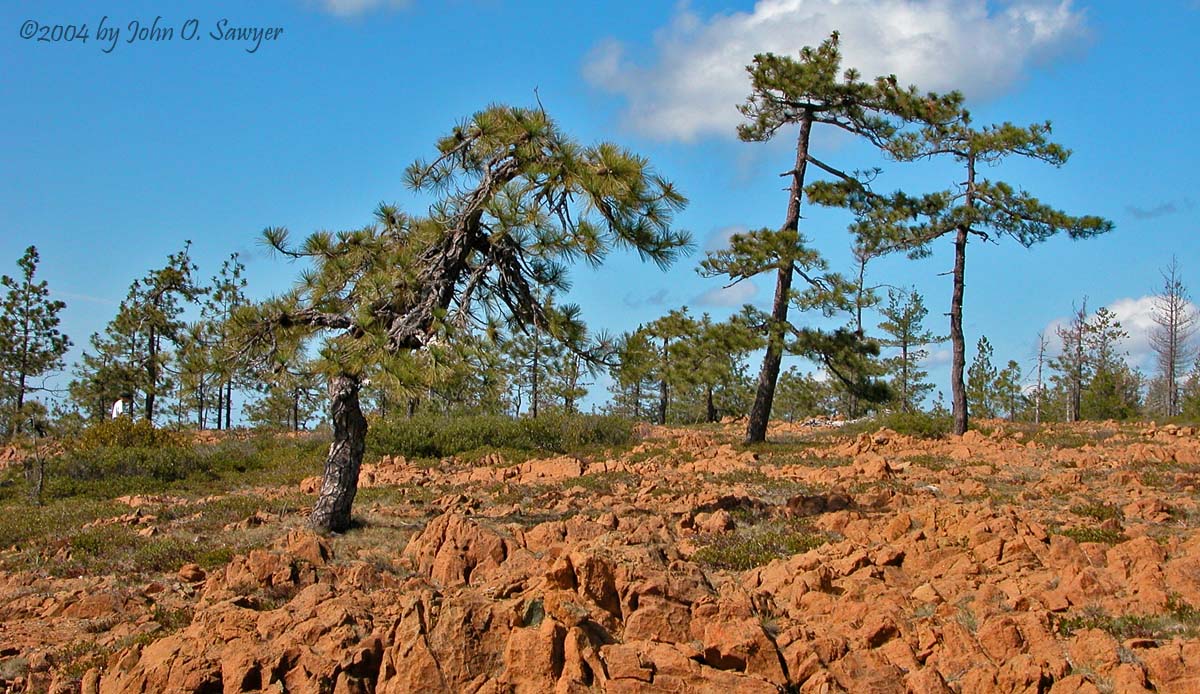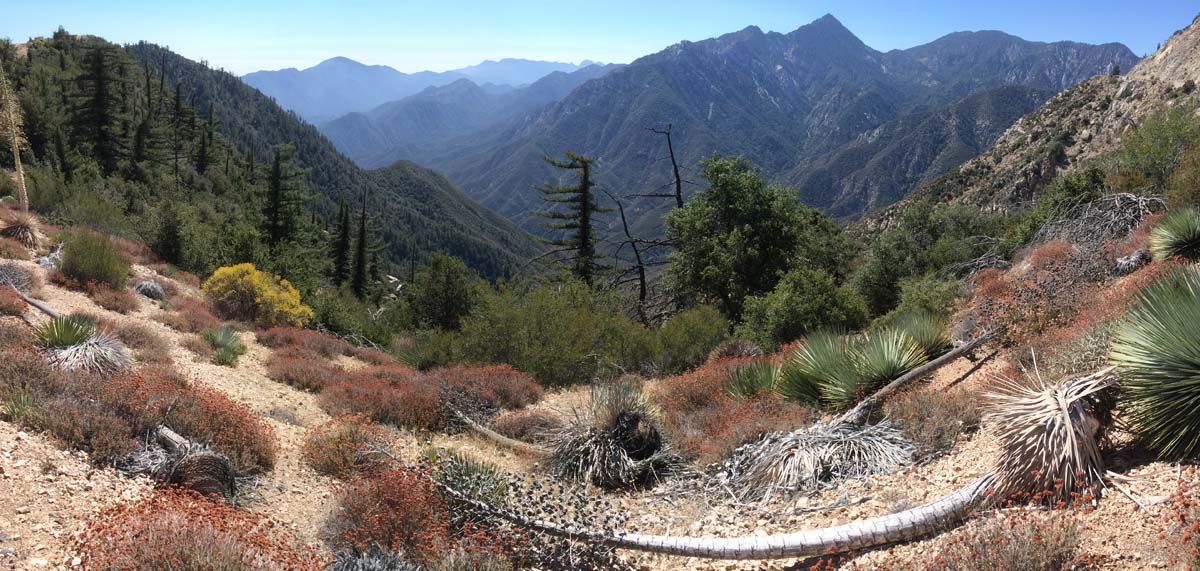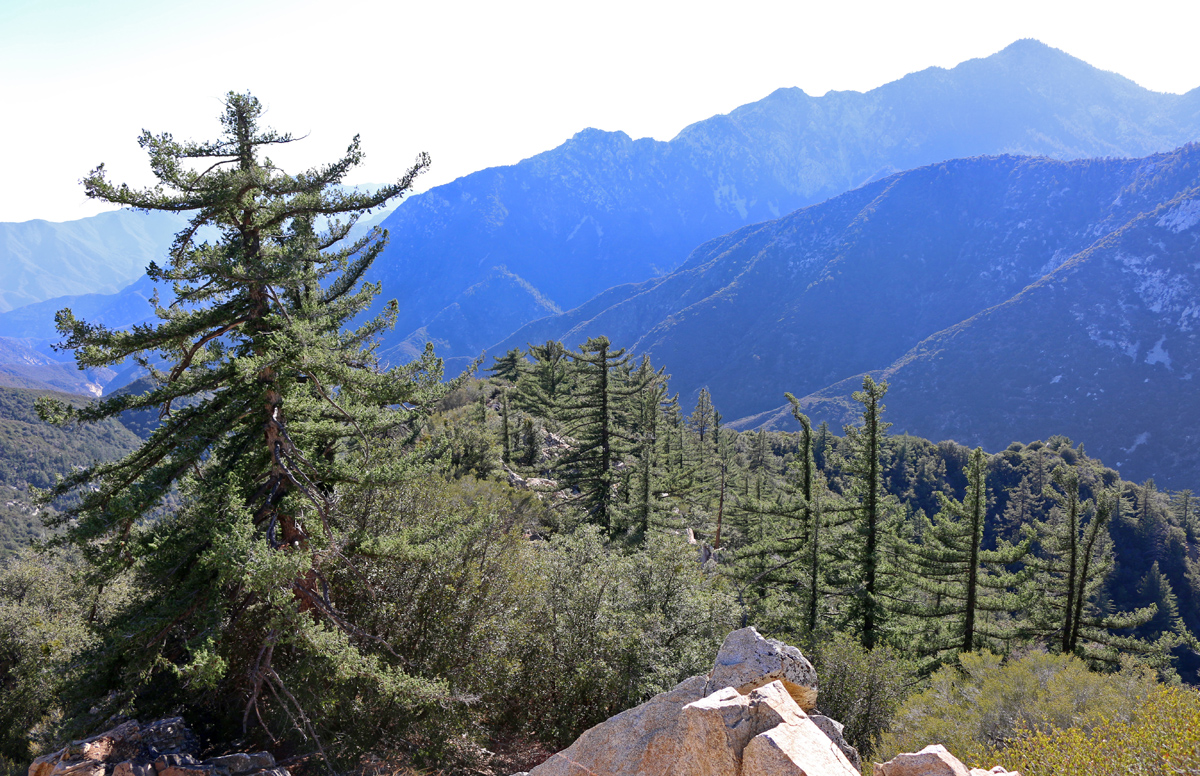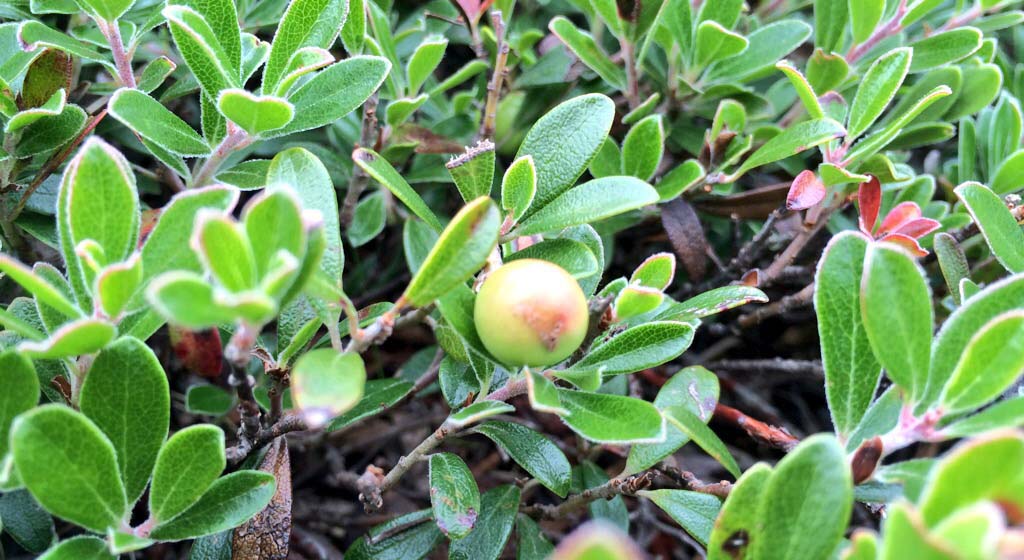
One of the most interesting geologic stories in western North America is told by the ultramafic rocks that were formed deep in the ocean floor. As the Pacific Plate collided and dove beneath (subduction) the North American Plate, the bottom layers from deep oceanic mantle were scraped (obduction) onto the North American Plate. These depositions are referred to as ophiolites and the Klamath Mountains present some of the most extensive examples on Earth.




